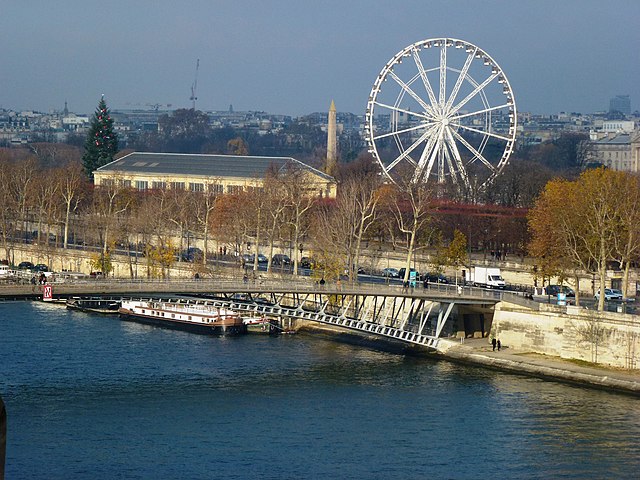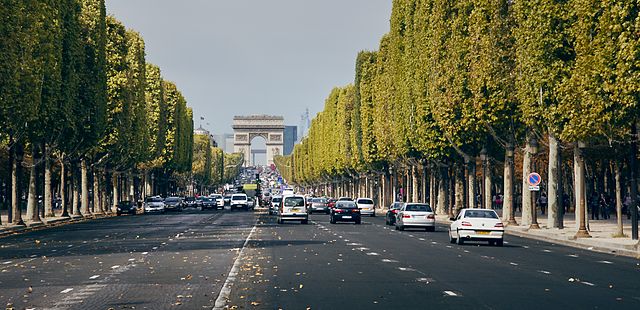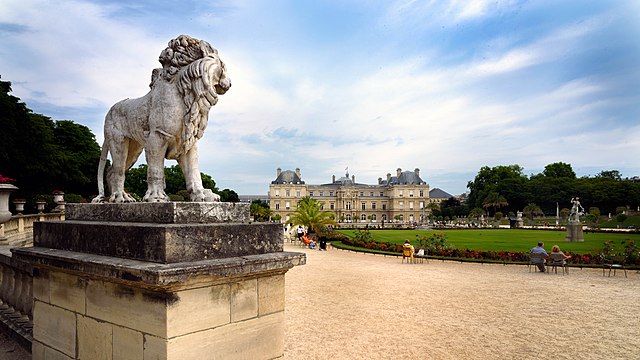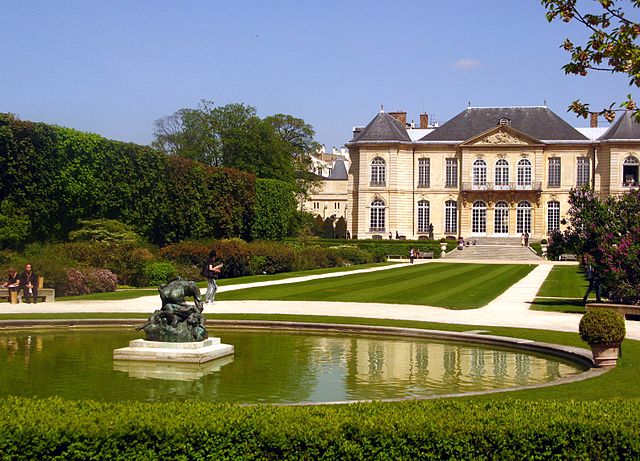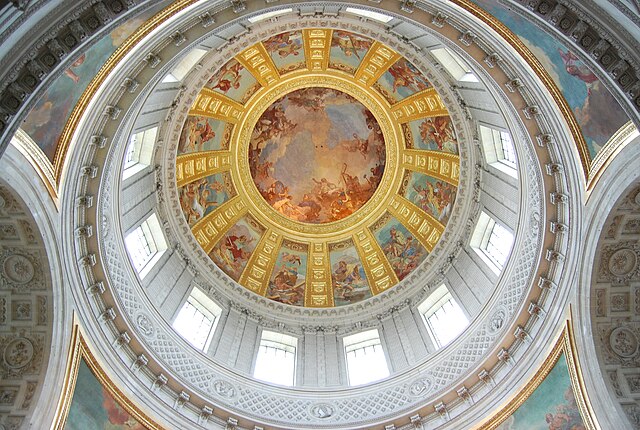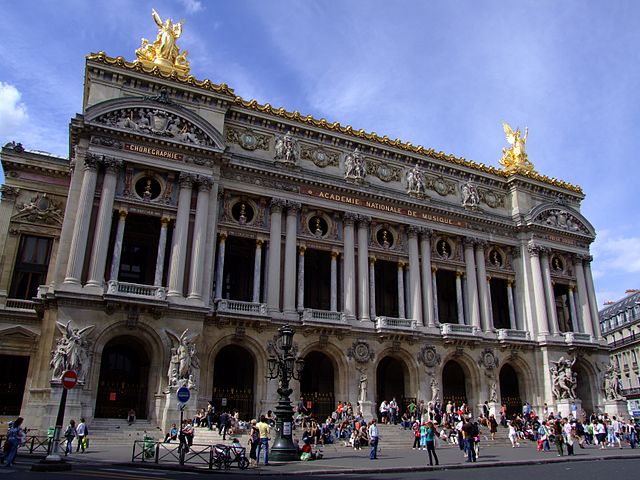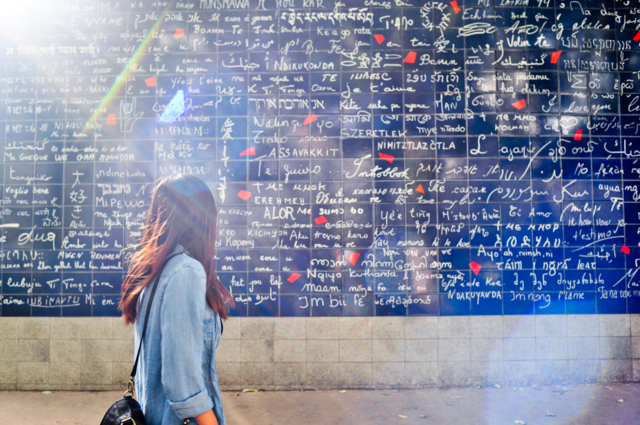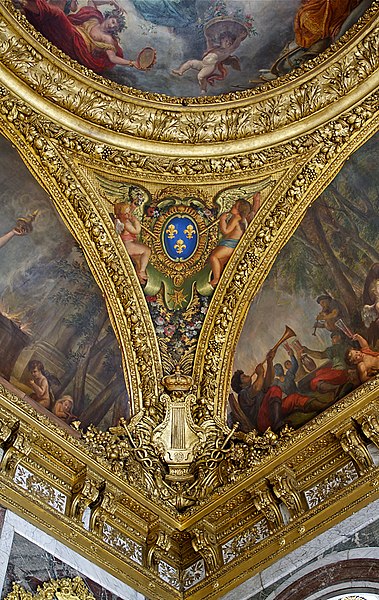Paris, the capital of France, is known as a global center of fashion, art, culture and fine dining. Paris evokes romantic emotions in many people around the world, regardless whether the person has been to the city or not. Parisian examples of European architecture date back more than a millennium, history lovers will marvel at the richness this metropolis offers. The City of Light has something for everyone.
Paris, Paris-8E-Arrondissement
Established in 1793, Louvre Museum is the world's largest museum and a historic monument in Paris, France. A central landmark of the city, it is located on the Right Bank of the Seine in the city's 1st arrondissement (district or ward). The Louvre is the world's second most visited museum after the Palace Museum in China. The Museum is large enough to spend many days in it. It is recommended to plan the visit in advance. The world famous Mona Lisa painting is displayed in the museum. Louvre is accessible by metro at the Palais-Royal–Musée du Louvre station.
The Tuileries Garden is a public garden located between the Louvre Museum and the Place de la Concorde in the 1st arrondissement of Paris. Created by Catherine de Medici as the garden of the Tuileries Palace in 1564, it was eventually opened to the public in 1667, and became a public park after the French Revolution.
The Musée de l'Orangerie is an art gallery of impressionist and post-impressionist paintings located in the west corner of the Tuileries Gardens next to the Place de la Concorde in Paris. Though most famous for being the permanent home for eight Water Lilies murals by Claude Monet, the museum also contains works by many other artists. Most of the visitors spend around one hour in this museum.
Completed in 1772, the Place de la Concorde is one of the major public squares in Paris. Measuring 8.64 hectares (21.3 acres) in area, it is the largest square in the French capital. It is located in the city's 8th arrondissement, at the eastern end of the Champs-Élysées.
Built in 1670, the Avenue des Champs-Élysées is an avenue in the 8th arrondissement of Paris, running between the Place de la Concorde and the Place Charles de Gaulle, where the Arc de Triomphe is located. It is known for its theatres, cafés and luxury shops, for the annual Bastille Day military parade, and as the finish of the Tour de France cycle race.
The Grand Palais is a large historic site, exhibition hall and museum complex located at the Champs-Élysées in the 8th arrondissement of Paris. The Petit Palais (small palace) is an art museum located across from Grand Palais. Built for the 1900 Exposition Universelle ("universal exhibition"), it now houses the City of Paris Museum of Fine Arts.
The Arc de Triomphe de l'Étoile, Triumphal Arch of the Star, is one of the most famous monuments in Paris, standing at the western end of the Champs-Élysées at the center of Place Charles de Gaulle. The Arc de Triomphe honours those who fought and died for France in the French Revolutionary and Napoleonic Wars, with the names of all French victories and generals inscribed on its inner and outer surfaces. Beneath its vault lies the Tomb of the Unknown Soldier from World War I.
The Eiffel Tower is a wrought iron lattice tower on the Champ de Mars in Paris, France. It is named after the engineer Gustave Eiffel, whose company designed and built the tower. Constructed from 1887–89 as the entrance to the 1889 World's Fair, it was initially criticized by some of France's leading artists and intellectuals for its design, but it has become a global cultural icon of France and one of the most recognisable structures in the world.
Paris, Paris-6E-Arrondissement
Completed in 1345 after almost 200 years of construction, Notre-Dame Cathedral or simply Notre-Dame, is a medieval Catholic cathedral on the Île de la Cité in the 4th arrondissement of Paris.The cathedral is widely considered to be one of the finest examples of French Gothic architecture, and is among the largest and most well-known church buildings in the world. There is always a long queue of visitors waiting to climb up the tower, so consider arriving early.
The Panthéon is a building in the Latin Quarter in Paris. It was originally built in 1790 as a church dedicated to St. Genevieve and to house the reliquary châsse containing her relics but, after many changes, now functions as a secular mausoleum containing the remains of distinguished French citizens.
The Musée d'Orsay is a museum on the left bank of the Seine. It is housed in the former Gare d'Orsay, a Beaux-Arts railway station built between 1898 and 1900. The museum holds mainly French art dating from 1848 to 1914, including paintings, sculptures, furniture, and photography. It houses the largest collection of impressionist and post-Impressionist masterpieces in the world.
Les Invalides, commonly known as Hôtel national des Invalides (The National Residence of the Invalids), is a complex of buildings in the 7th arrondissement. It contains museums and monuments, all relating to the military history of France. The burial site of Napoleon Bonaparte is also located here.
Paris
The Centre Pompidou, designed by Renzo Piano and Richard Rogers, is a 20th-century architectural marvel, immediately recognizable by its exterior escalators and enormous coloured tubing. It is home to the National Museum of Modern Art and is internationally renowned for its 20th and 21st century art collections.
This historic area is now one of the most visited districts of the French capital, for its architectural heritage as well as its unique vibe. It has a number of private mansions dating to the 17th and 18th centuries, some of which have been converted into internationally renowned museums such as the Musée Picasso, the Maison de Victor Hugo and the Musée Carnavalet. The Marais has many trendy shops and restaurants.
The Eglise Saint-Eustache in the heart of Les Halles is one of the most visited churches in Paris. The church was built in 1532 and subsequently restored in 1840, and therefore uses a variety of styles: the façade is Gothic, while the interior is in the Renaissance and classical styles. The organ of Saint-Eustache is the biggest pipe organ in France, and its resident organist gives a free concert on Sunday afternoons.
Galerie Vivienne, built in 1823, is one of the most iconic covered arcades in Paris. There are many of shops: ready-to-wear boutiques, tea rooms, gourmet food boutiques, wine cellars, grocery shops, old bookshops and much more. You can also access Galerie Vivienne via Rue de la Banque and Rue Vivienne.
Opened in 1912, the Galeries Lafayette is an upmarket French department store chain. Its flagship store is on Boulevard Haussmann in the 9th arrondissement of Paris but it now operates in a number of other locations in France and other countries. There is a rooftop terrace with panoramic views over Paris.
The Sacré-Coeur, consecrated in 1919, is one of the most iconic monuments in Paris. At the top of the Butte Montmarte, it has one of the most beautiful panoramic views of the capital, from 130 metres above ground. In a Roman-Byzantine style, the Sacré Coeur is recognizable by its white colour. Inside the building, the ceiling is decorated with the largest mosaic in France.
Versailles
The Palace of Versailles, or Château de Versailles, is a royal château in Versailles located about 20 km (12 mi) southwest of Paris. Versailles was the seat of political power in the Kingdom of France from 1682. Versailles is famous not only as a building, but as a symbol of the system of absolute monarchy of the Ancien Régime. It has been designated as a UNESCO World Heritage Site. Together with its gardens, it is one of the most famous monuments of world heritage: the Royal Apartments, the Hall of Mirrors, the Chapel, the Royal Opera and the Museum of the History of France. Plan for at least 2 hours for the visit of the main palace itself and a full day for the entire complex. On crowded days, consider arriving at 9 am. To come to Versailles from Paris by public transit, take RER train to station Versailles Rive Gauche, travel time is about 1 hour.
The Gardens of Versailles occupy part of what was once the Domaine royal de Versailles, the royal demesne of the château of Versailles. Situated to the west of the palace, the gardens cover some 800 hectares of land, much of which is landscaped in the classic French Garden style. (The Palace of Versailles complex covers a very large area, consider purchasing a bike tour.)
The Grand Trianon is a palace situated in the northwestern part of the Domain of Versailles. It was built at the request of King Louis XIV of France. Located next to the Grand Trianon it is Marie-Antoinette's Estate, a garden of the last Queen of France, Marie-Antoinette.















